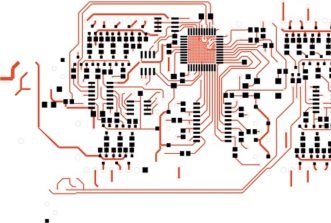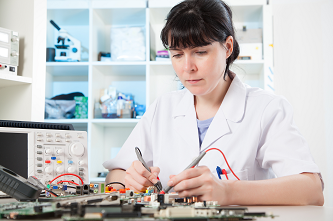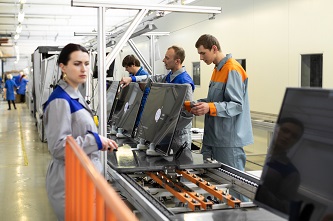This website uses cookies so that we can provide you with the best user experience possible. Cookie information is stored in your browser and performs functions such as recognising you when you return to our website and helping our team to understand which sections of the website you find most interesting and useful.
Fujitsu Unveils Plans for 2nm AI Chip Successor to Fugaku Supercomputer
Fujitsu is gearing up to reclaim the top spot in the supercomputer world with the development of a cutting-edge 2nm ARM-based chip for the successor to the renowned Fugaku supercomputer.
The new Fujitsu-Monaka chip is built on the ARM v9-A architecture, incorporating the Scalable Vector Extension 2 (SVE2) extensions specifically designed for machine learning and AI workloads.
One of the key innovations of the Monaka chip is the utilization of a 3D any-to-any interconnect for a 'many core' architecture, along with microarchitecture enhancements aimed at doubling the chip's performance and energy efficiency compared to its predecessor, the 48-core A64FX chip.
With Fugaku already holding the title of the world's most energy-efficient and highest-performing supercomputer, powered by the A64FX CPU, the Monaka chip is expected to further elevate performance levels, potentially reaching 5.4TFLOPS while maintaining power consumption at an unspecified level.
While achieving a performance boost through process scaling is feasible, the real challenge lies in managing power consumption at the 2nm level, a task that Fujitsu is actively addressing through innovative design strategies.
The chip is anticipated to leverage an enhanced version of Fujitsu's Tohu proprietary network-on-chip (NoC) ring-based interconnect, further optimizing data transfer and communication within the system.
"By adopting the widely accepted Armv9-A architecture, Fujitsu and Arm are working together to facilitate seamless porting and optimization of applications, thereby expanding the AI ecosystem and making it more accessible and cost-effective for a diverse range of users and industries," stated Fujitsu.
Training AI models and systems places significant demands on hardware, leading to increased energy consumption. Inefficient hardware support for complex AI workloads not only impacts energy efficiency but also overall performance. To address this, organizations are focusing on developing optimized architectures and technology stacks for data centers to achieve superior performance with minimal energy consumption.
This initiative laid the groundwork for ARM to develop the SVE2 architecture, emphasizing the importance of close collaboration with software teams to ensure compatibility and efficiency.
Dr. Priyanka Sharma, Director of Software Engineering at Fujitsu Research of India, highlighted the company's commitment to advancing high-performance computing through the Monaka project, aiming to foster a unified development ecosystem that promotes cross-platform software and accelerators.
"The Monaka HPC R&D Unit in India is actively collaborating with the Arm team to co-develop various software enablement and tuning efforts for ML/DL stack on Arm platforms, contributing to the democratization of AI usage," Dr. Sharma added.
Furthermore, Aparajita Bhattacharya, Senior Director of Engineering Architecture and Technology at ARM, emphasized the collaborative efforts between ARM and Fujitsu in achieving compliance for the ARM-based Fujitsu-A64FX CPU, underscoring the importance of teamwork in driving innovation and compliance in the industry.
Fujitsu is also actively engaged in the Unified Acceleration (UXL) Foundation, a cross-industry group dedicated to establishing an open standard accelerator programming model that simplifies the development of cross-platform applications. Both Fujitsu and ARM are key members of the UXL Foundation, along with Linaro for Linux.
ARM recently unveiled the first port of its KleidiAI open-source libraries, designed to enhance AI capabilities on CPUs like the Monaka, showcasing the ongoing collaboration and innovation within the industry.
For more information, visit www.fujitsu.com.














